July 19, 2018
Submitted by guest writer Tyler Merriam.
If you follow news in Saranac Lake you may have noticed an article in the Adirondack Daily Enterprise this past March titled Whitewater Group Wants to Make Waves. This clever play on words is indeed correct, local whitewater boaters want to make waves, or at least a single wave. More specifically, we would like to rebuild and modify the whitewater training area located under the George LaPan Highway bridge, the outcome of which would be a whitewater park that could be enjoyed by all. But I’m getting ahead of myself. Let’s start by defining what a whitewater park is and what it looks like.
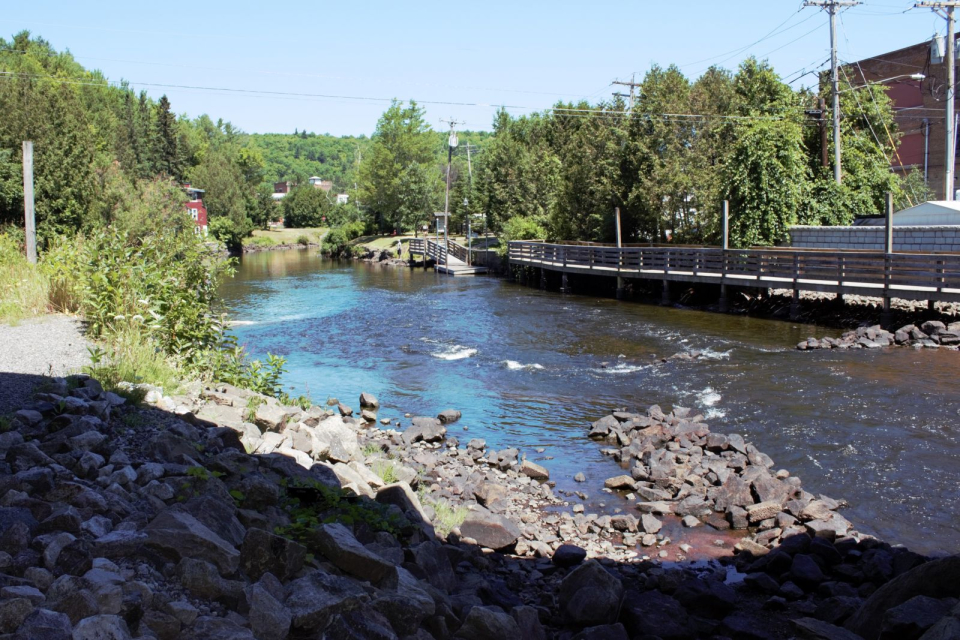
What is a whitewater park, anyway?
A whitewater park is an area on a river in which the flow and gradient have been altered in order to create river “features” that lend themselves to canoeists, kayakers, or even stand up paddleboards being able to do tricks, race, and perform other recreational activities. To somewhat oversimplify it, these features can be holes, waves, or some combination of the two. Holes are created when water flows over a submerged and immobile object, thus causing the water to recirculate and flow back upstream (sometimes referred to as a hydraulic). Waves are similar to holes but have a smooth face of water that rushes up and down their peak, rather than a drop off into a hydraulic. Additionally, waves have less of a recirculating hydraulic flow than holes. Simply imagine the wake of a motor boat in only one location on a river, and you have a wave.
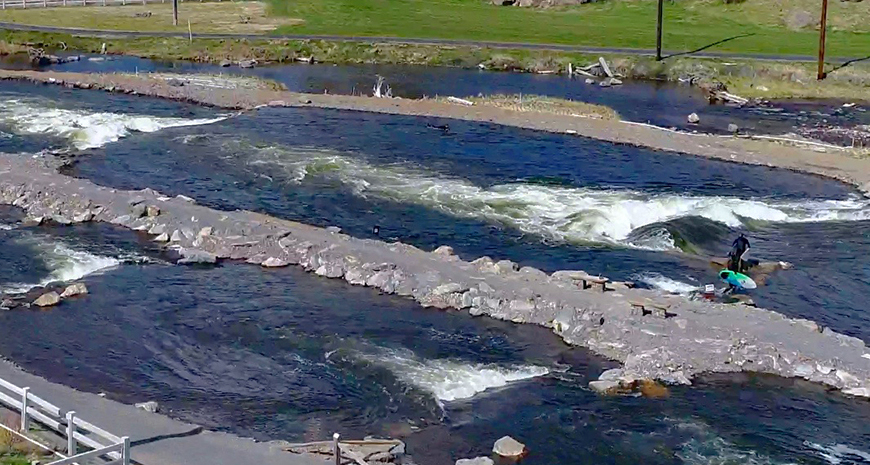
Whitewater parks usually combine both waves and holes to create an interconnected system of features perfect for the adventure seeker. Well-known whitewater parks include the National Whitewater Center in Charlotte, North Carolina; Bend Whitewater Park in Bend, Oregon; and the Oklahoma City Whitewater Park in Oklahoma. Even if you haven’t seen any of these parks, my guess is that you’ve watched whitewater paddling events during the summer Olympics, all of which are performed on a whitewater park of some sort. Local whitewater boaters in Saranac Lake are trying to rebuild a single whitewater feeature, most likely a wave of some sort. The nice thing about a single feature is that it allows for enjoyment by a diverse population of recreationists. Tubers and boogieboarders can “surf” on a whitewater feature just as easily as a canoeist and kayaker, and professional whitewater park engineers (of which there are many) can design the feature in such a way that it improves fish habitat as well.
Saranac Lake's whitewater legacy
We’re not the first ones to use this section of the Saranac River for whitewater recreation. In 1995 a group of local whitewater paddlers joined together to build what was to be known as the Hydro Point Park Project, which was comprised of the still-existent River Walk, as well as a beginner whitewater kayak/canoe practice area. This whitewater training area extended from the foot of Lake Flower Dam to an area across the river from the current Beaver Park, then called the Boy Scout Canoe Launch. This training area covered 500 feet of river and included 24 wooden slalom gates, similar to the gates you’ve seen while watching the summer Olympics. During the construction of this training area whitewater racing was quite popular, and slalom courses were popping up all over the country, even showing up in college pools.

To create the whitewater training area several jetties were installed using local stone and other natural materials. Most of the labor for construction came from volunteers, including members of a paddling club called Adirondack Paddlers, as well as students in the Wilderness Recreation Leadership Program at North Country Community College. I’m sure that, combined with the new Riverwalk and surrounding landscaping, the whole area was a sight to behold! Others seemingly thought so as well because the training area received a lot of use from the mid-1990s to the mid-2000s!
In 1995, the year the whitewater training area was completed, the first annual Riverfest was held at Hydro Point Park. This three-day fundraising event for the Riverwalk attracted boaters from across the northeastern United States, many of whom were there specifically for whitewater activities. Popular kayaking brands such as Dagger and Perception offered free boat demos, and the Riverfest Slalom Race held at the whitewater training area saw dozens of participants!
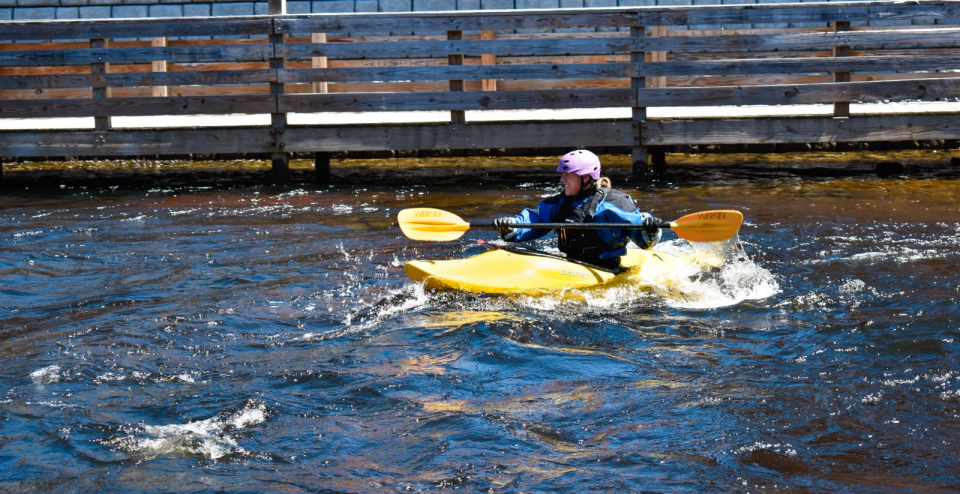
Festivals weren’t the only activity to happen at Hydro Point Park. Whitewater canoe and kayak instructional courses were also a well-attended pastime, and my guess is that some of you readers remember participating in a whitewater class, or simply watching from shoreline. For over 10 years local youth were taught by paddling instructors Jim Sausville (the project director for the whitewater training area construction) and Jason Smith (the owner of Adirondack Lakes and Trails Outfitters). Some of the best whitewater paddlers in the state came out of these courses, and if you happen to run into one of them during the spring melt, you’re sure to hear a story leading back to their early days learning how to roll a kayak and race in the slalom course gates during their younger years.
Time to rebuild
Whatever happened to the whitewater training area; where does it stand today? Due to flooding, leadership turnover, and financial constraints this area fell into disrepair in the mid-2000s. A brief resurgence took place in the late 2000s when an Eagle Scout project led by local whitewater kayaker Luke Eckert spent a great deal of effort restoring some of the features and making the training area usable again. However, mother nature had her own plans, and the “500-year flood” of 2011 sealed the fate of the whitewater training area. It has sat in a state of disrepair ever since, despite several local groups, such as Paul Smith’s College and North Country School, still using it for educational purposes.
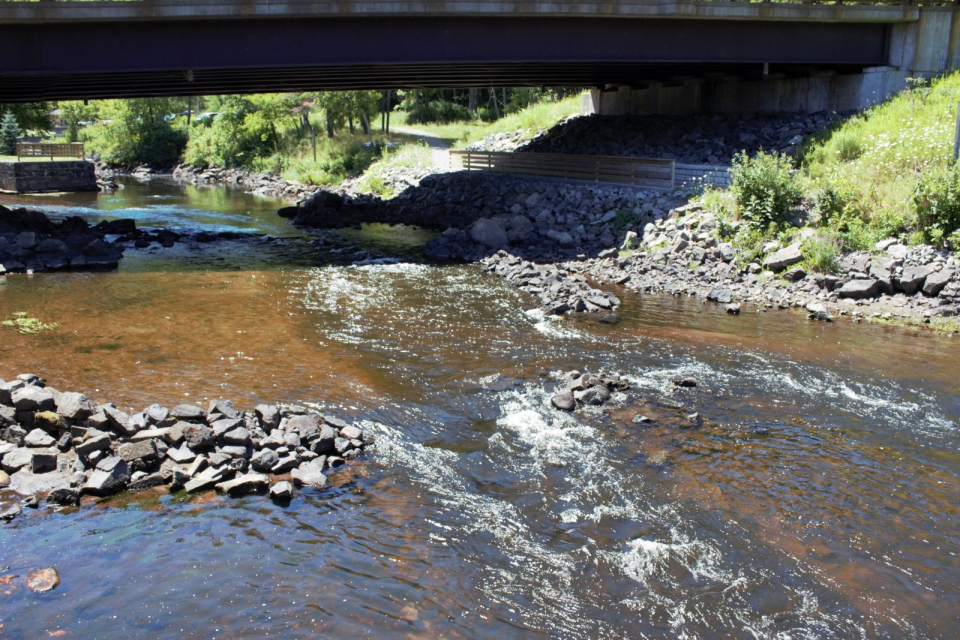
Fast forward to modern times. One of my friends and local whitewater boater Scott McKim and I met with Jim Sausville back in 2016 to discuss the possibility of rebuilding the whitewater park. The popularity of slalom racing has diminished in the last few decades, but demand for whitewater boating continues to grow. Playboating, or staying on one feature and practicing, continues to be one of the best ways to enjoy whitewater boating, as well as training for other whitewater activities. From speaking to several experts in the field, a single-feature whitewater park on the Saranac River is the most practical, universally-enjoyable, and permanent option. Since that meeting we’ve made a lot of progress and have been humbled by public support for the project. A feasibility study will soon be in the works, followed by fundraising efforts for design, permitting, and construction. Keep an eye out for updates online and via social media, and we welcome any input the public may have to aid in this project’s success!
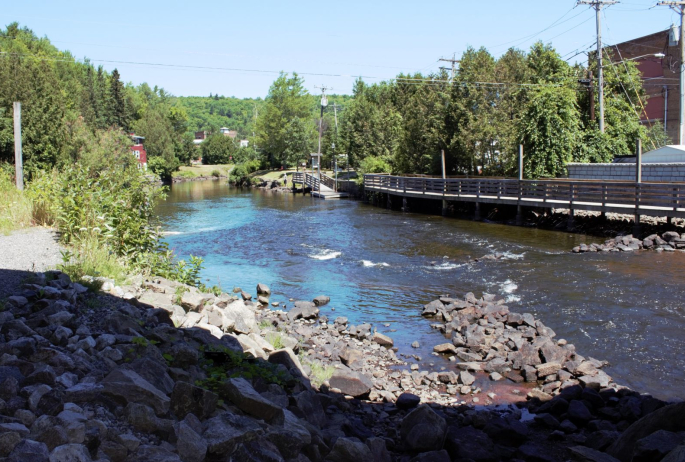
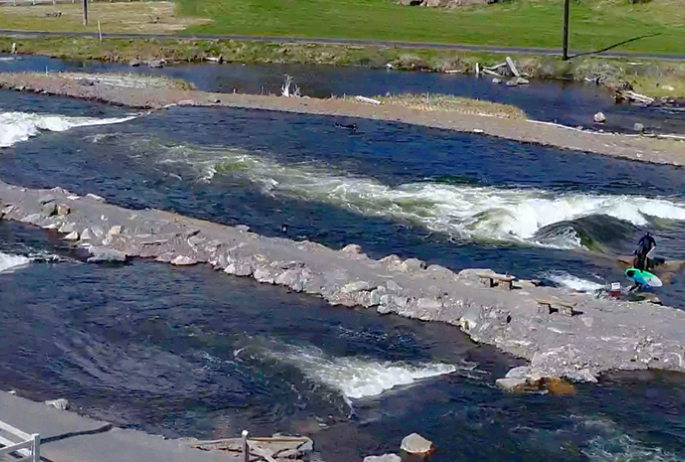
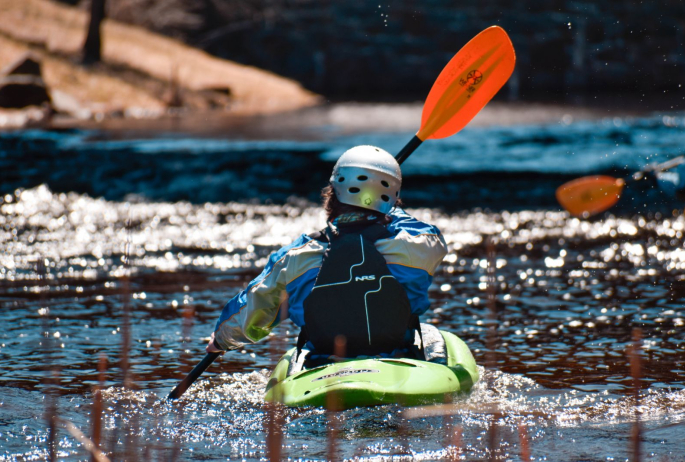
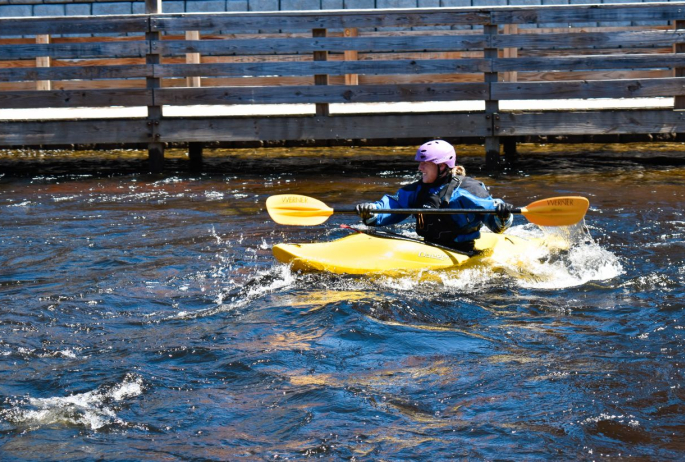
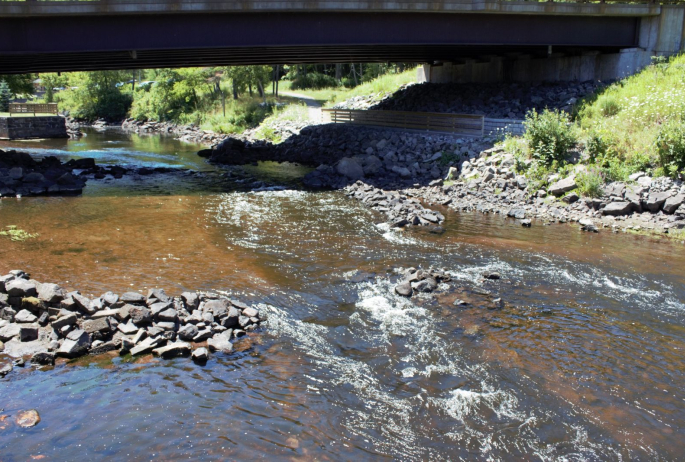
Packages and Promotions
Valid Jan. 21
- Jan. 21
Valid Jan. 21
- Jan. 21
Pet Getaway
Voco Saranac Lake
Your dog deserves an Adirondack getaway too. Book our pet friendly hotel near Lake Placid welcomes every member of your crew. Book our Pet Package...
Valid Dec. 1
- Dec. 1
Valid Dec. 1
- Dec. 1
Linger Longer in Saranac Lake
Best Western Saranac Lake
Linger Longer in Saranac Lake at our supremely located property, Best Western Saranac Lake. Stay 2 nights or more and get 15% off!
Valid Jun. 20
- Sep. 7
Valid Mar. 12
- Jun. 30
Guided Nature Immersions - 10% off for Pre-Season Registration
Adirondack Riverwalking & Forest Bathing
Picture it now...you are wading the Ausable River on a warm summer day, feel the cool water against you, hear the sounds of the birds and the...
Valid May. 1
- Oct. 31
Valid Dec. 6
- Nov. 1
Zip and Whip Expedition
Farmhouse UTVs
Experience Outdoors and Farmhouse UTVs have teamed up to bring your family and friends the Adirondack adventure you've been waiting for....
Valid Jan. 16
- Mar. 31
Valid Jan. 16
- Mar. 31
Hotel Saranac Ski & Stay Package
Hotel Saranac
Stay & Ski Package Stay at Hotel Saranac and Ski Titus Mountain Day or Night Package Your room reservation includes one adult lift ticket....
Valid Jan. 21
- Jan. 21
Valid Jan. 21
- Jan. 21
Stay and Dine
Voco Saranac Lake
Receive a 50 dollar credit per stay to use in our Boathouse Saranac Lake Pub. Enjoy an exceptional dining experience with unparalleled views great...
Valid Jan. 16
- Mar. 31
Valid Jan. 16
- Mar. 31
Hotel Saranac Sled & Spoke Package
Hotel Saranac
Snowmobile Package Hotel Saranac and Sara-Placid Sled & Spoke have partnered so you and a guest can explore dozens of miles of ADK snowmobile...
Valid Jan. 21
- Mar. 31
Valid Jan. 21
- Mar. 31
Titus Mountain Ski Package
Voco Saranac Lake
Enjoy your stay at the award winning voco Saranac Lake which includes two adult lift tickets at Titus Mountain Family Ski Center. Additional...
































































































































































































































































